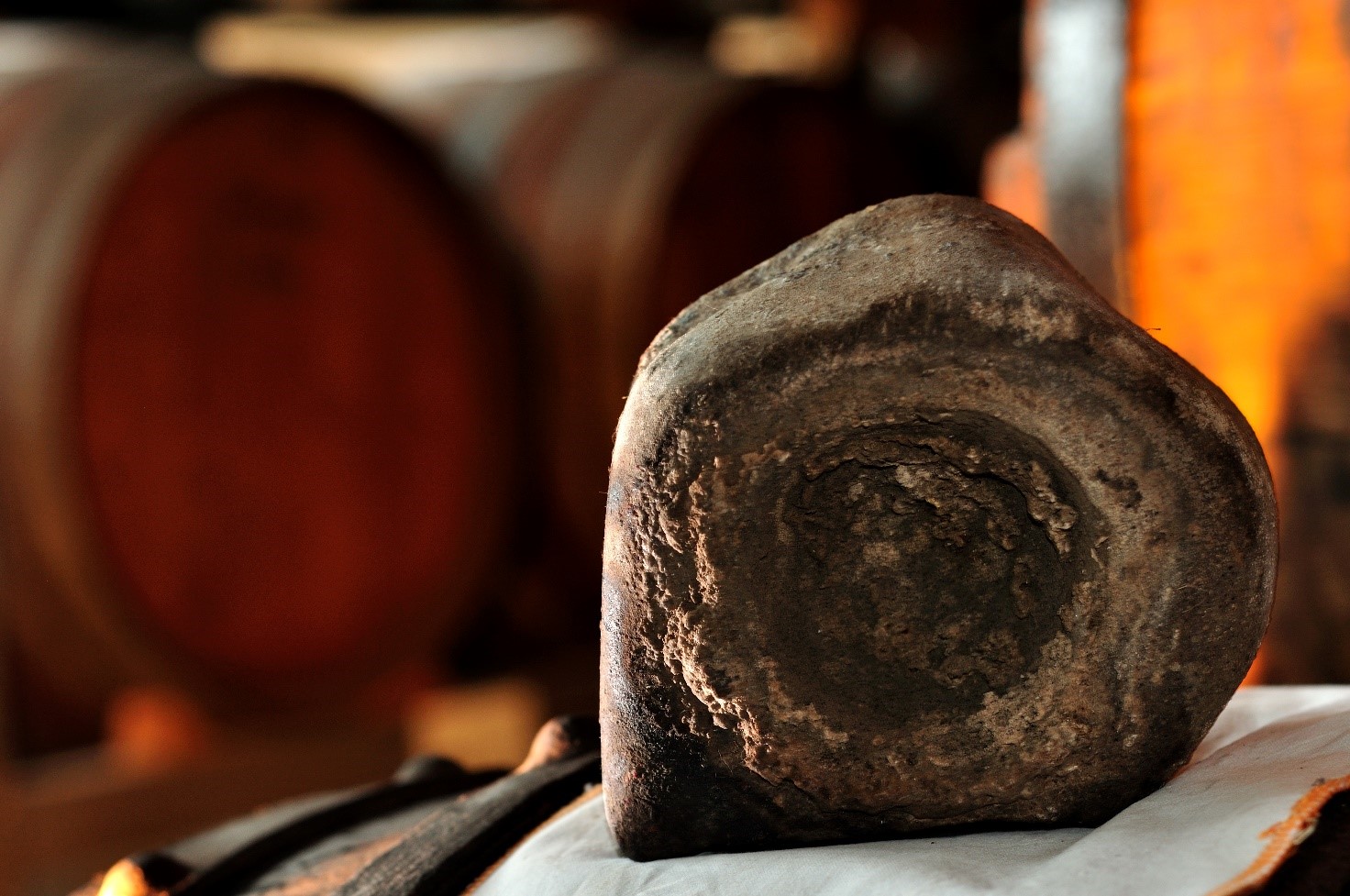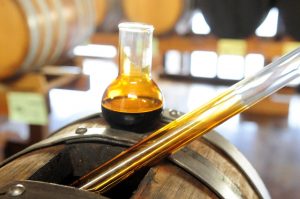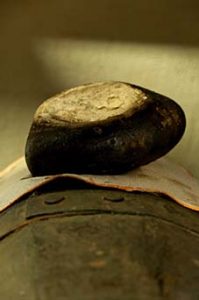
An unresolved dilemma tied to the Traditional Balsamic Vinegar of Modena PDO: better the closed or open barrel?
To explain the diatribe “closed or open barrel” we must take a step backwards.
Balsamic Vinegar was born from the natural oxidation of alcohol developed in the must by spontaneous fermentation after cooking. It is therefore obvious that it should be kept safe without all the particular attention paid to the conservation of wines. For this reason variations in temperature and direct contact with the air are to be encouraged with the arrangement of the Balsamic Vinegar in “open” barrels and located in the attics.
Another important difference with the oenological world is the filling hole made on the maximum diameter of the barrel and its closing conical cap together called “cocchiume”. In the case of barrels of Traditional Balsamic Vinegar PDO the opening is enlarged, rectangular, extended to the entire width of the stave to better allow the annual operations of racking and reinforcement.
Wine and other drinks come and go in full from the bunghole filling and emptying the barrel cyclically, the Balsamico no, it resides eternally in it, are only very small quantities to be extracted and then always re-introduced from the surface. It is therefore important to have a smoother passage to allow the periodic monitoring of the level and of the operations of transfer and more detailed maintenance aimed at verifying and maintaining the traditional Balsamic Vinegar in “optimal health”.

Historically it was used to cover this widened gap no longer with the cork or wood cork but with a linen or cotton gauze, stopped by a stone coming from the Secchia or Panaro river beds, which valleys delineate the Aceto production area Traditional Balsamic Vinegar of Modena PDO. It is still easy to find stones that are completely corroded if not even washed by the vigorous exhalations of Vinegar. The abandonment of this practice to remedy the accumulation of deposits due to corrosion on the bottom of the barrels does not absolve the doubt: closed barrels or direct contact with the air?

Recent studies suggest to seal the closure of the barrels dedicated to the aging phase in order not to disperse precious perfumes and aromas because they would be the same fibers of the wood to facilitate both oxygenation and evaporation of the content by acting by osmosis.
The modus operandi that has always been handed down in Tradition still does not accept this suggestion. Certainly the barrels dedicated to the previous phase of oxidation are excluded, where direct contact with the air is necessary.
The debate on “Closed or open barrel” remains unresolved … and what do you think about?

